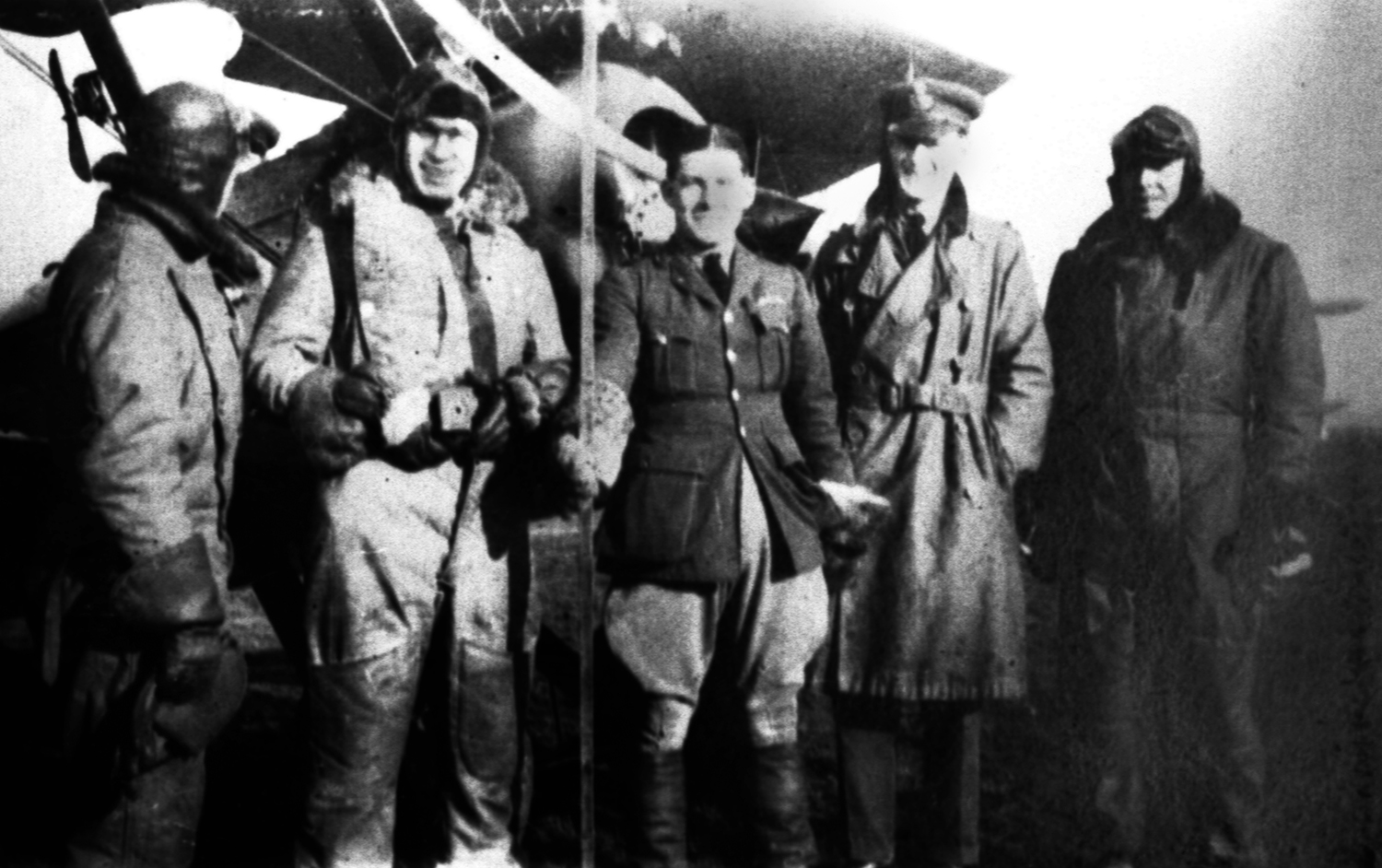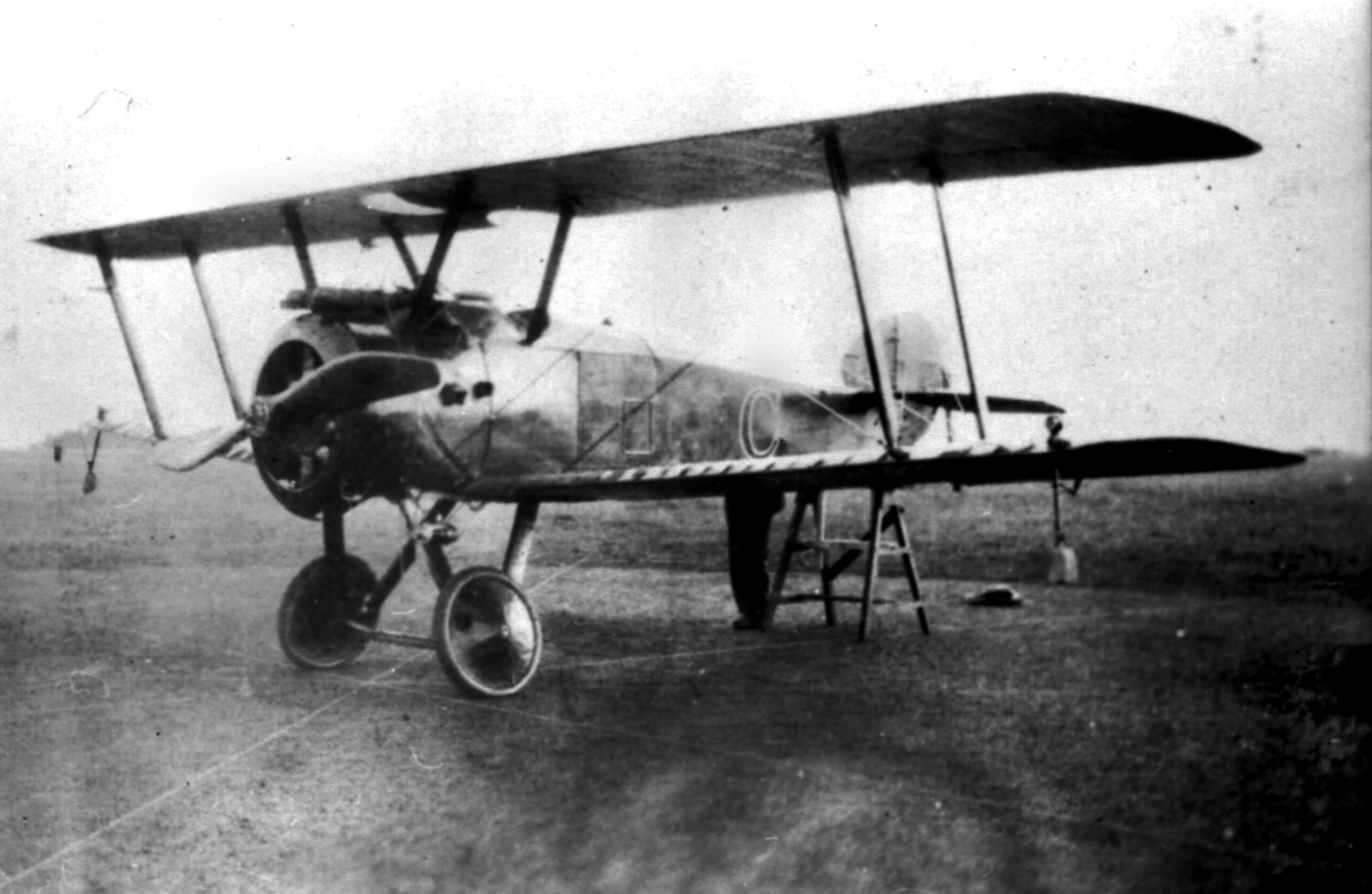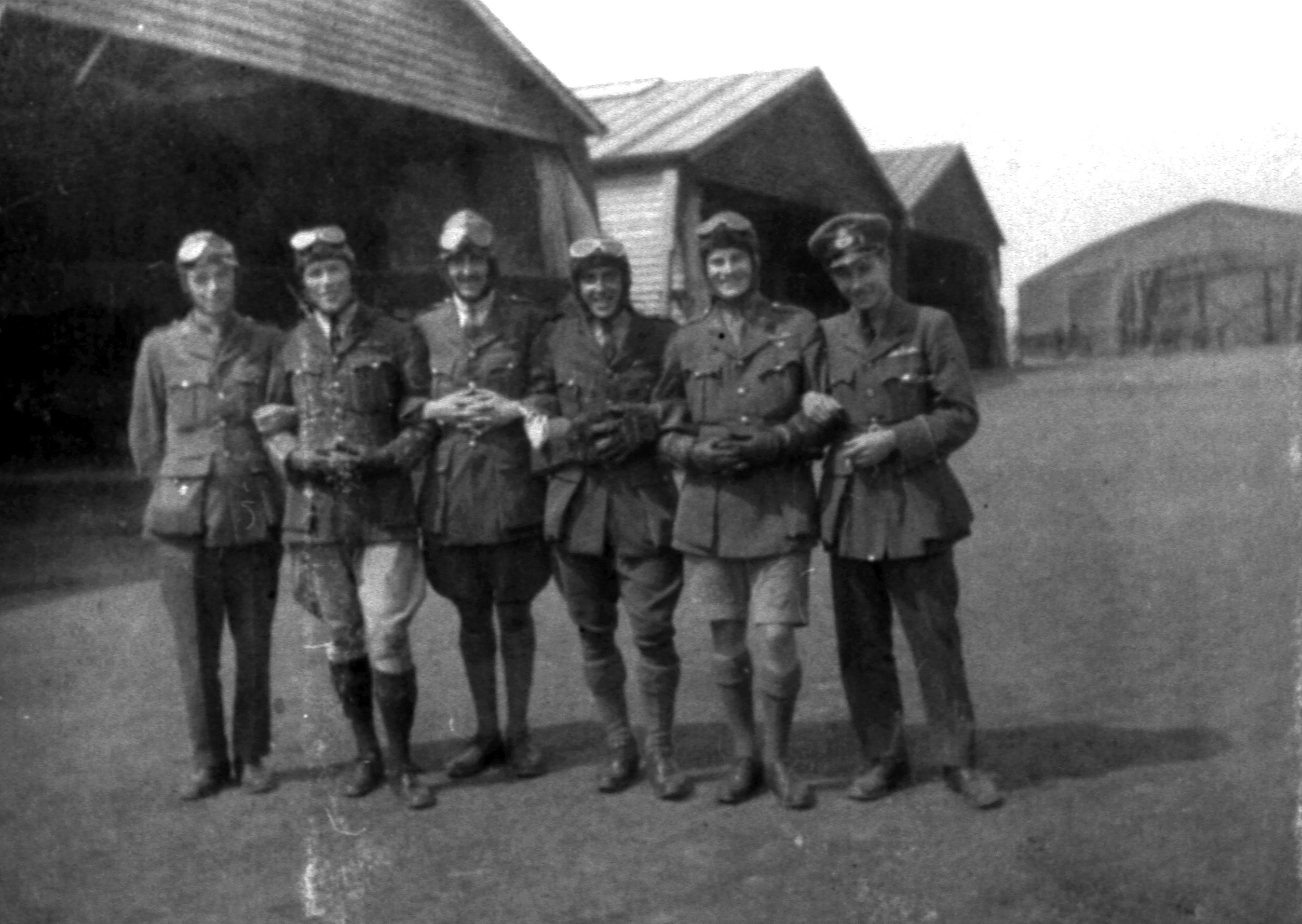
Our history: Stow Maries World War 1 aerodrome museum in Essex
Stow Maries Great War Aerodrome is a unique place, with a unique history. Its story covers 100 years of life comprising feverish excitement interspersed with periods of calm and tranquillity. The aerodrome lies to the east of Chelmsford and west of Maldon, Essex, within an area of gently-rolling farmland. It is the largest known surviving group of RFC buildings on a WWI aerodrome which was not adapted for further military use later in its history. When considered with its growing collection of objects directly related to the site and its activities, a truly unique resource is evident.

Originally opened in 1916 as home to B Flight of No 37(HD) Squadron, Royal Flying Corps, the aerodrome saw the birth of the Air Defence of Great Britain in response to the first raids by Zeppelins and Gotha bombers on London and the South East.

The Stow Maries Aerodrome played a key role in the Battle for Britain (the first London Blitz) the following year. It was at Stow Maries that No 37 Squadron transitioned from the Royal Flying Corps to the Royal Air Force on 1 April 1918.

Stow Maries continued in its dedicated role until Spring 1919 - when the RAF closed its doors forever.
The site reverted to Flambirds Farm and its age-old farming role. The existing buildings were repurposed or converted to residential and agricultural use and the airfield turned over to pasture.
To learn more about RFC Stow Maries, why not get in touch and book a visit?
Object Identification or Donations
Like most museums, we have very little space for our collections, either on display or in our stores. Therefore, we have to be very strict about accepting objects. For us to be able to consider having an object come to us, either on loan or as a gift, it must meet two out of three of the following criteria:
1. Does the object DIRECTLY relate to Stow Maries as a geographical place - and this is clearly identifiable and proven?
2. Does the object DIRECTLY relate to a person or persons that was at based at or lived at Stow Maries between 1913 and 1950 - and this is clearly identifiable and proven?
3. Does the object DIRECTLY relate to a job or task that was done by RFC or RAF Stow Maries between 1913 and 1919 - and this is clearly identifiable and proven?
If you can say 'yes' to two out of three of these questions, please do get in touch with us on info@stowmaries.org.uk with information and photographs!


